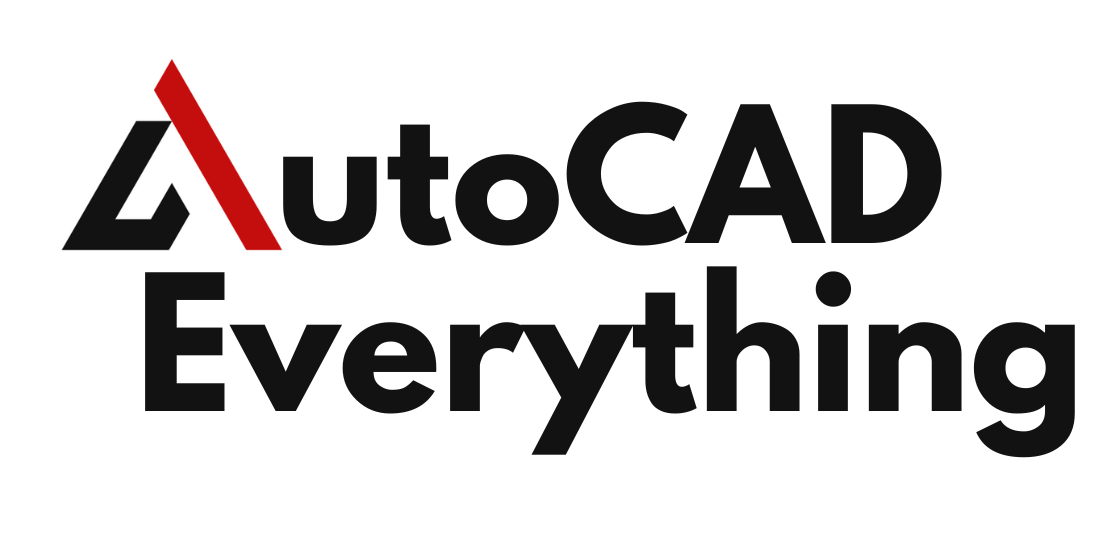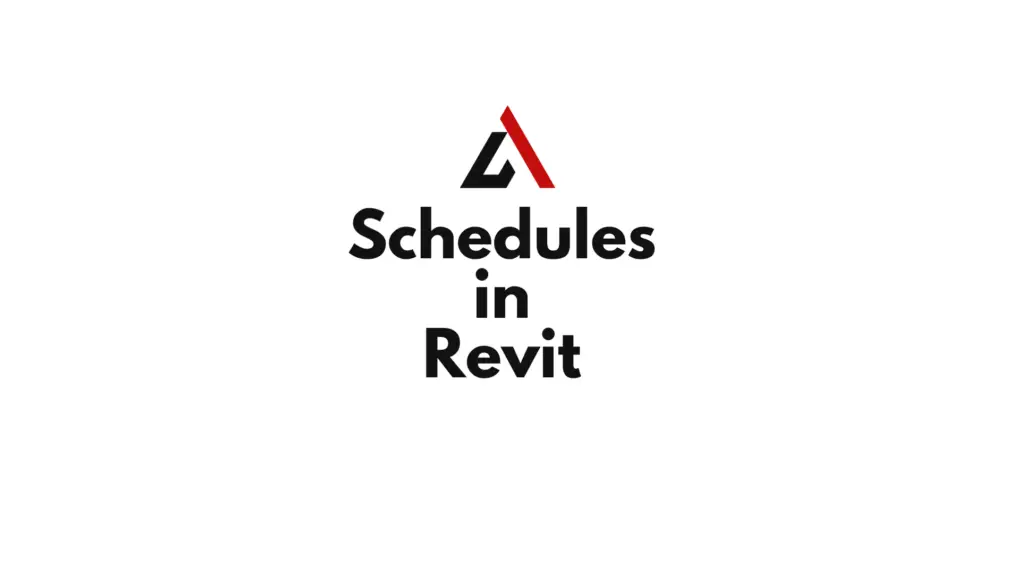Introduction
In the architecture, engineering, and construction (AEC) industry, managing building data efficiently is crucial. One of the most powerful tools in Autodesk Revit is the scheduling feature, which allows professionals to extract and organize project data dynamically. Unlike traditional spreadsheets or manual data entry, Revit schedules are directly linked to the model, ensuring real-time updates and accuracy.
In this article, we’ll explore what Revit schedules are, their types, benefits, and how they improve project documentation and workflow efficiency.
Table of Contents
What Are Schedules in Revit?
Definition of Revit Schedules
Schedules in Revit are tabular representations of project data extracted from the model. They display detailed information about various elements, such as walls, doors, windows, materials, and quantities.
Since Revit schedules are bi-directionally linked to the model, any changes made in the schedule automatically update the model, and vice versa. This dynamic relationship eliminates manual errors and enhances productivity.

How Revit Schedules Work
Revit schedules extract information from model components, such as:
- Categories: Elements like walls, doors, floors, or mechanical equipment.
- Parameters: Data fields like material type, dimensions, cost, and manufacturer.
- Filters & Sorting: Organize data based on custom criteria.
By leveraging Revit schedules, professionals can generate accurate project reports, perform cost estimation, and manage materials efficiently.
Types of Schedules in Revit
Revit offers different types of schedules to meet various project documentation needs. These include:
1. Quantities and Material Takeoff Schedules
These schedules calculate and display quantities of materials, components, or areas in a project.
- Example: A material takeoff for concrete walls showing volume and cost.
- Use Case: Helps in estimating project materials and budgeting.
2. Component Schedules
Component schedules list specific elements of a building, such as:
- Door schedules (listing door types, dimensions, materials).
- Window schedules (listing frame type, glazing type, size).
- Furniture schedules (listing furniture specifications and quantities).
3. Sheet List Schedules
Sheet lists are useful for managing project documentation. They provide a summary of all drawing sheets within a Revit project.
- Use Case: Ensures all project drawings are accounted for in the documentation set.
4. View List Schedules
These schedules provide an overview of all project views, including plans, sections, and elevations.
- Use Case: Helps manage drawing sets for large projects.
5. Annotation Schedules
Annotation schedules organize data related to tags, notes, and symbols in a Revit model.
- Use Case: Helps standardize annotations for clarity in construction documentation.
6. Multi-Category Schedules
Multi-category schedules allow users to list and analyze multiple categories of elements in a single schedule.
- Example: A schedule displaying both doors and windows, sorted by room number.
- Use Case: Useful for generating project-wide reports.
Importance of Revit Schedules in Project Documentation
Revit schedules play a vital role in project documentation by ensuring accuracy, efficiency, and streamlined workflows.
1. Real-Time Data Synchronization
Unlike traditional spreadsheets, Revit schedules are linked directly to the 3D model. Any modifications to the model are instantly reflected in the schedule, preventing outdated information.
2. Improved Project Efficiency
With automated scheduling, project teams can:
- Quickly extract and organize data.
- Reduce manual errors in quantity takeoffs.
- Enhance coordination between design and construction teams.
3. Better Cost Estimation and Budgeting
Schedules enable accurate material calculations, ensuring precise cost estimation and budget planning.
- Example: A contractor can generate a concrete volume takeoff to estimate material costs.
4. Enhanced Collaboration and Coordination
By using shared schedules in BIM 360 or other cloud platforms, teams can collaborate seamlessly.
- Architects, engineers, and contractors work from the same dataset, reducing miscommunication.
5. Compliance with Industry Standards
Revit schedules help in maintaining documentation consistency and meeting regulatory requirements.
- Example: Fire-rated door schedules for compliance with building codes.
How to Create a Schedule in Revit
Step-by-Step Process
1. Open the Schedule Tool
- Navigate to View Tab → Schedules → Schedule/Quantities.
- Select the category (e.g., Doors, Walls, Floors).
2. Choose Fields to Include
- Add parameters such as Material, Type, Dimensions, Quantity.
- Customize field order for better readability.
3. Apply Filters and Sorting
- Use filters to display specific data (e.g., only “Fire-Rated Doors”).
- Sort by Level, Material, or Manufacturer for better organization.
4. Format Schedule Appearance
- Adjust column widths and row heights.
- Apply conditional formatting (e.g., highlight values above a threshold).
5. Add Schedule to a Sheet
- Drag the schedule onto a drawing sheet for documentation.
- Adjust schedule placement for clarity.
By following these steps, users can quickly generate schedules that provide critical project insights.
Advanced Features of Revit Schedules
1. Conditional Formatting
- Allows users to apply color-coding and highlights based on data conditions.
- Example: Highlighting materials exceeding budget constraints.
2. Calculated Fields
- Enables the creation of custom formulas for advanced analysis.
- Example: Calculating cost per square foot using a formula.
3. Key Schedules
- Used to define standardized information for elements like rooms and doors.
- Example: Assigning room finishes based on department type.
4. Linking Schedules to External Data (Excel & Dynamo)
- Revit schedules can be exported to Excel for further analysis.
- Dynamo scripting can automate scheduling tasks.
Challenges and Solutions in Using Revit Schedules
While Revit schedules are powerful, users may face challenges:
| Challenge | Solution |
|---|---|
| Data Overload | Apply filters to show only relevant information. |
| Customization Limitations | Use calculated fields and Dynamo scripting. |
| Formatting Issues | Adjust layout settings in schedule properties. |
| Interoperability with Excel | Use BIM 360 and add-ins for seamless data transfer. |
By addressing these challenges, users can fully leverage Revit’s scheduling capabilities.
Future Trends in Revit Scheduling
1. AI-Driven Data Analysis
Revit is evolving with AI-powered insights that predict material usage and detect inconsistencies in schedules.
2. Cloud-Based Scheduling
With Autodesk Construction Cloud, real-time schedule updates are accessible across teams.
3. Integration with Digital Twins
Schedules will become smarter, linking directly to IoT sensors for real-time building performance analysis.
FAQs on Revit Schedules
What is the difference between a Revit schedule and a traditional spreadsheet?
Revit schedules are dynamic and linked to the model, whereas traditional spreadsheets require manual updates.
Can Revit schedules be exported to Excel?
Yes, Revit schedules can be exported to Excel for external analysis.
How do I customize a schedule’s appearance in Revit?
Use formatting options like column width adjustments, text styles, and conditional formatting.
Can Revit schedules automate cost estimation?
Yes, calculated fields and material takeoffs help estimate costs efficiently.
What is a Key Schedule in Revit?
A Key Schedule is a predefined set of parameters used to standardize information across elements.
Conclusion
Revit schedules are a powerful tool for project documentation, enabling real-time data extraction, cost estimation, and efficient workflow management. By mastering schedules, AEC professionals can enhance collaboration, minimize errors, and improve overall project efficiency.

